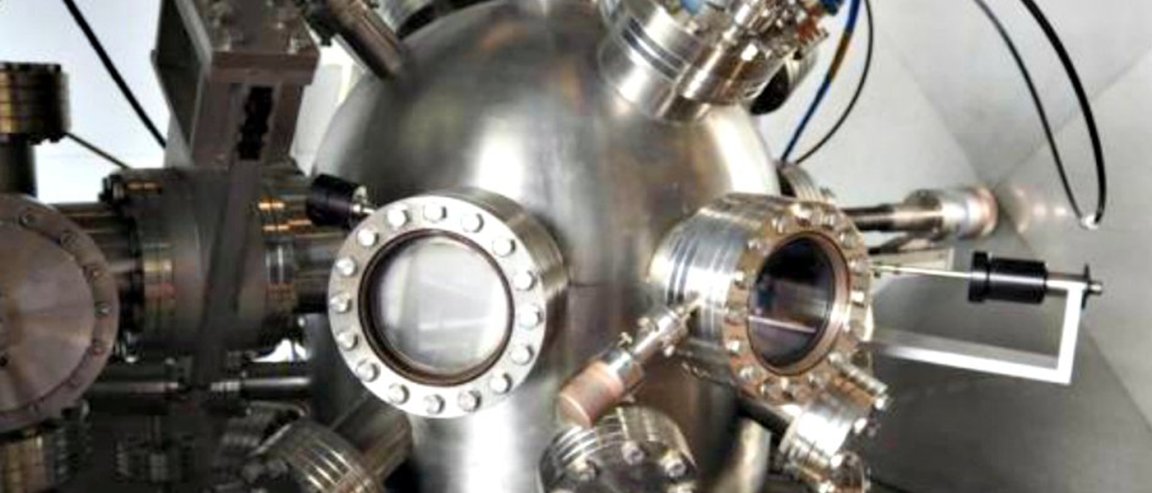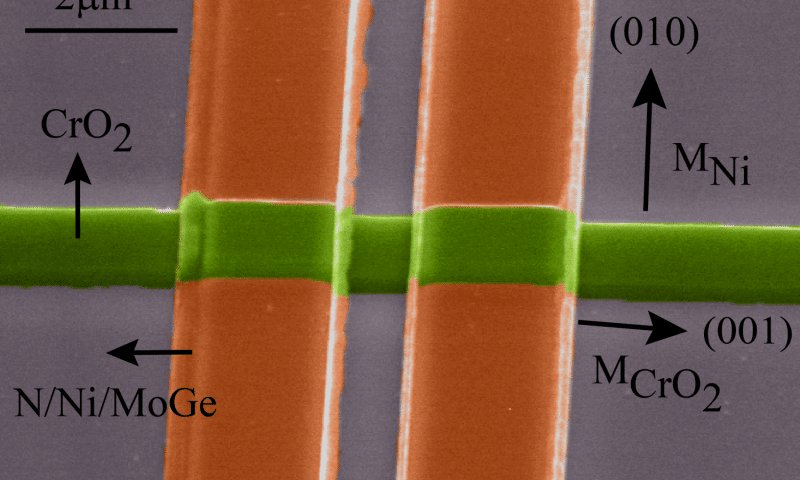
Limits Defied
In a game-changing twist in the quest for room-temperature superconduction, researchers have successfully broken the record distance for transmitting a super-current in which all of the electrons are spinning in the same direction.
Researchers from Leiden University cooled chrome dioxide, which can only transmit currents with a net spin, down to cryogenic temperatures to create a superconductor. They were then able to transmit a super-current with a net spin a distance of 600 nanometers on it.
While this is a puny distance for the naked eye, it is a breakthrough considering the fact that we are talking about quantum phenomena. “This seems like a small stretch — bacteria are bigger — but it lets electron pairs live long enough to work with,” the researchers say in a press release about the study, which was published in Physical Review X.
Despite that very small distance, the strength of the current was impressive as well: one billion amperes per square meter (a/m2). “That’s powerful enough to flip magnets, potentially facilitating future hard drives without energy loss,” their press release adds.

Always Zero
For a long time, it was widely assumed that electrons, which come in pairs, needed to be spinning in exactly opposite directions in order for the individual electrons to cancel each other out and bring the pair’s net spin to zero. This would allow them to supersede the rules of electrical resistance and achieve superconductivity. This, however, would dictate that no spin information could be sent through superconductors because the value would always be just zero.
This is a shame because an electron’s spin is not limited to up or down (one or zero); it can also spin in different angles between its poles. And, as superposition dictates, an electron can be in all these positions all at once. In other words, harnessing this information is an ultimate feat in mankind’s pursuit of quantum computing. Pass that through a superconductor, and we have immense computing power requiring very little energy.
Fortunately, this belief has been proven wrong. Researchers from Harvard University have successfully transmitted electron spin information through a superconductor recently, and now these researchers from Leiden have as well. While we aren’t at the point where we can use this information to improve the devices we use today, we are on our way to creating much faster, more powerful devices in the future. According to the researchers, “Our findings provide the first seriously viable route toward building scalable device architectures for superconducting spintronics.”